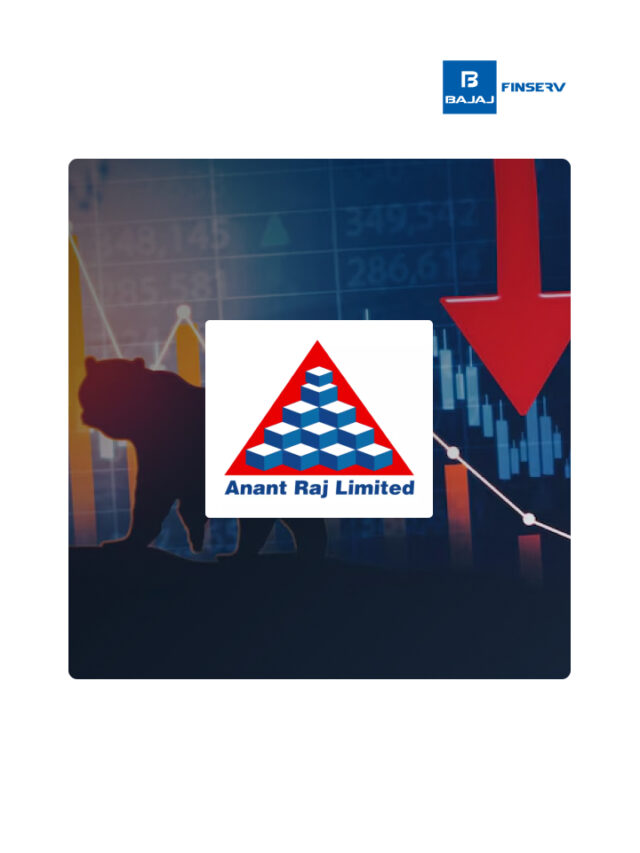Nifty 500 Overview
Last Updated on December 11, 2023 by BFSLTeam BFSLTeam

The Nifty 500, part of the Nifty Index series, represents the performance of India’s top 500 NSE-listed companies. It offers a broad market view and serves as a benchmark for various investment products. Using a free-float market capitalization-weighted methodology, the index’s composition reflects larger companies’ influence. Regular rebalancing ensures alignment with the top 500 companies by market capitalization. Investors and financial professionals rely on the Nifty 500 to assess India’s stock market health, making it a valuable tool for tracking investment opportunities and market trends.
Selection Criteria Of Nifty 500
The Nifty 500 is a stock market index in India that includes the top 500 companies listed on the National Stock Exchange (NSE). The selection criteria are typically based on certain quantitative parameters and eligibility requirements. The specific criteria for inclusion in the Nifty 500 may be subject to change over time, so it’s essential to refer to the NSE’s guidelines and updates for the most current information.
Market Capitalization: Companies eligible for inclusion in the Nifty 500 must have a minimum market capitalization. Market capitalization is typically calculated by multiplying the company’s current stock price by the total number of outstanding shares. The NSE sets a minimum market cap threshold for inclusion in the index.
Liquidity: Companies must have a certain level of trading activity, as measured by their trading volumes and market liquidity. This ensures that the stocks included in the index are actively traded and not illiquid.
Additional Read: Nifty 50 Overview
Characteristics Of Nifty 500
The Nifty 500 is a prominent stock market index in India, representing the performance of the top 500 companies listed on the National Stock Exchange (NSE). This index has several key characteristics:
Broad Market Coverage: The Nifty 500 is a broad-based index that includes a diverse range of companies from various sectors of the Indian economy. As such, it provides a comprehensive view of the Indian stock market, offering exposure to both large-cap and mid-cap companies.
Market Capitalization-Weighted: The index is constructed using a market capitalization-weighted methodology. This means that larger companies with higher market capitalizations have a more significant impact on the index’s performance. This approach reflects the market’s relative valuation of each constituent.
Additional Read: Nifty 200 Overview
Diversification: The Nifty 500 offers diversification benefits to investors. By including 500 companies, it reduces concentration risk and provides a balanced representation of different industries, including finance, information technology, healthcare, consumer goods, and more.
Liquidity: Companies included in the Nifty 500 are typically more liquid and actively traded, making it easier for investors to buy and sell shares of these companies.
Benchmarking: Mutual funds, ETFs etc often rely on the Nifty 500 as a benchmark. For fund managers, it’s a useful tool to assess the performance of their investments relative to the broader market.
Regular Rebalancing: The Nifty 500 is subject to periodic reviews and rebalancing. The National Stock Exchange (NSE) conducts these reviews to ensure that the index continues to represent the top 500 companies based on market capitalization. This helps maintain the index’s relevance and accuracy.
Historical Data: The NSE provides historical data for the Nifty 500, allowing investors to track its performance over time. This data is useful for conducting technical and fundamental analysis, as well as making investment decisions.
Additional Read: Nifty Smallcap 100
The Nifty 500 holds significance in the Indian stock market, offering a comprehensive perspective on the performance of a diverse range of companies and serving as a benchmark for both investors and fund managers.
Economic Indicator: The Nifty 500’s performance can be considered an indicator of the overall health and direction of the Indian stock market and, by extension, the broader Indian economy. It is closely monitored by analysts, economists, and investors for insights into market trends.
Overall, it is an essential financial instrument in the Indian stock market, providing a comprehensive overview of the performance of a diverse set of companies and serving as a benchmark for investors and fund managers.
Listing History: Companies must have a minimum listing history on the NSE. This criterion ensures that relatively newer companies with limited trading history are not included.
Sector Representation: The Nifty 500 aims to provide a diversified representation of companies across various sectors of the economy. The index may have sector-specific guidelines to ensure a balanced representation of industries.
Profitability: Companies included in the Nifty 500 should generally be profitable. There might be specific criteria related to profitability, such as minimum levels of net profit or earnings stability.
Corporate Governance and Compliance: Companies must adhere to corporate governance and compliance standards established by regulatory authorities. These standards ensure that the companies meet certain governance and reporting requirements.
Eligibility Reviews: The composition of the Nifty 500 is subject to periodic reviews and rebalancing. The NSE conducts these reviews to ensure that the index continues to reflect the top 500 companies based on market capitalization.
It’s important to note that the NSE periodically updates the selection criteria to adapt to changing market conditions and regulations. Therefore, investors and market participants should refer to the NSE’s official guidelines and announcements for the most current information on the criteria and methodology used for the Nifty 500 index.
Additional read: Nifty 100
Conclusion
Finally, the Nifty 500 is a key Indian stock market index that includes the top 500 businesses listed on the National Stock Exchange (NSE). It represents the Indian stock market in a broad and diverse manner, covering firms from many sectors and industries. It is a market capitalization-weighted index that reflects the market’s valuation of its participants. It is widely used as a benchmark for many financial products.
Because it gives exposure to both large-cap and mid-cap firms, investors and fund managers frequently look to the Nifty 500 for a complete perspective of the market. Its continuous rebalancing ensures that it remains current, ensuring its usefulness as a financial indicator.
While offering diversification and investment opportunities, it is also subject to market volatility and risk, and its performance is closely monitored for insights into the Indian economy’s health and direction. As with any investment, due diligence and a clear understanding of market dynamics are essential for those considering exposure to the Nifty 500 or financial products linked to it.
Disclaimer: Investments in the securities market are subject to market risk, read all related documents carefully before investing.
This content is for educational purposes only.For Research Disclaimers Click Here: https://bit.ly/3Tcsfuc











